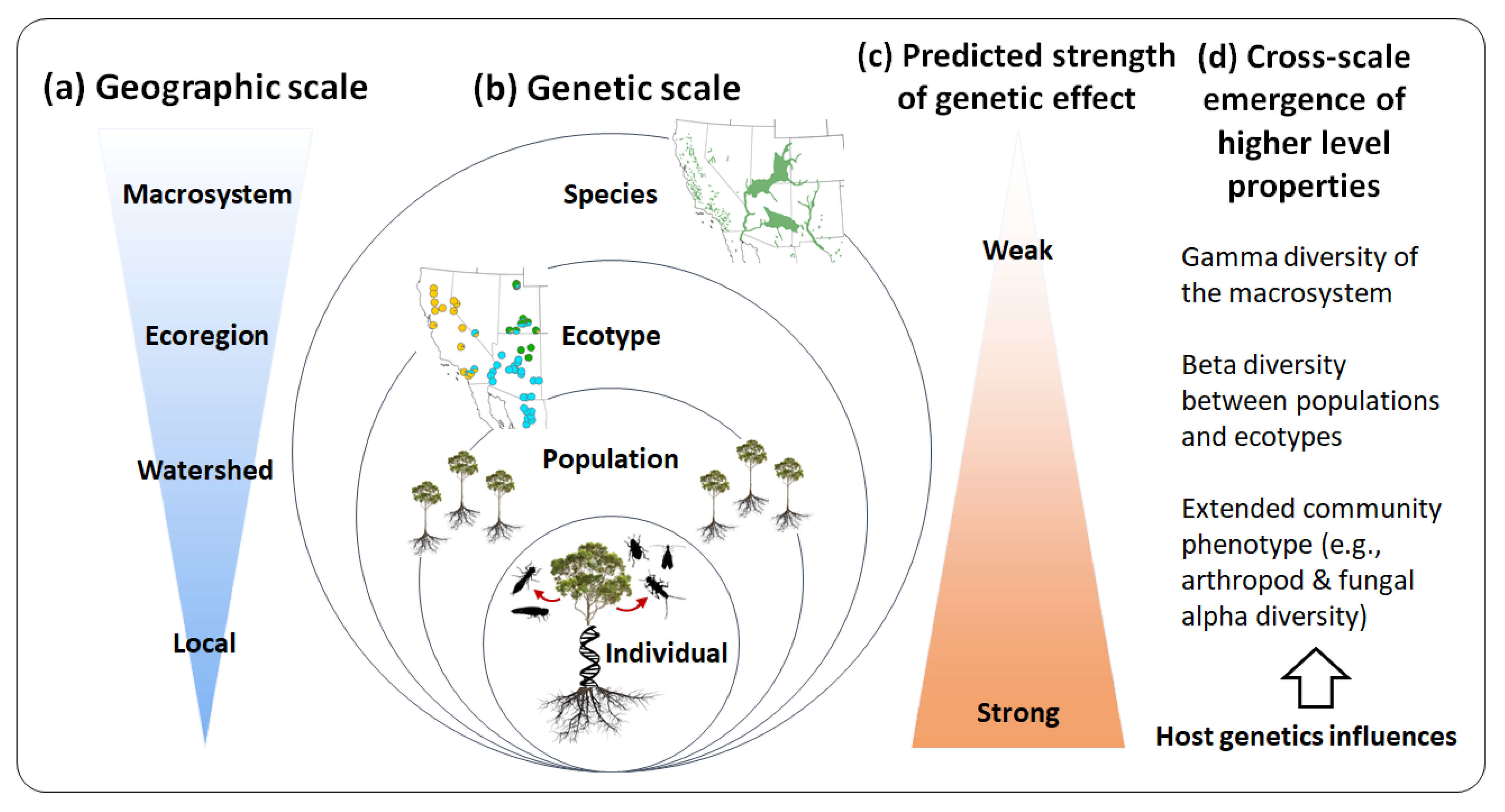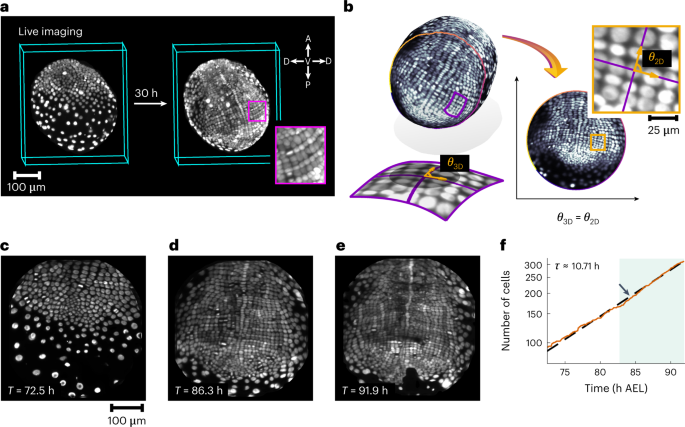2023-06-29 ジョージア大学 (UGA)
◆研究者たちは、木の遺伝子型と昆虫や菌のコミュニティとの関連性を調査し、木の遺伝子が地域の生物多様性を維持する上で重要であることを明らかにしました。これにより、将来の再植林や保全活動において、木の遺伝子の影響を考慮することが重要であり、多様な木々を植えることが多様な生態系をサポートすると述べられています。また、気候変動に対応するために、将来の気候に適応した木々を含めることも重要であるとされています。
<関連情報>
- https://news.uga.edu/study-links-tree-genetics-to-biodiversity-patterns/
- https://www.mdpi.com/1999-4907/14/5/943
基盤樹木のミクロ進化プロセスが、生物多様性と地域構造のマクロシステムパターンに影響を与える Microevolutionary Processes in a Foundation Tree Inform Macrosystem Patterns of Community Biodiversity and Structure
Helen M. Bothwell,Arthur R. Keith,Hillary F. Cooper,Julia B. Hull,Lela V. Andrews,Christian Wehenkel,Kevin R. Hultine,Catherine A. Gehring,Samuel A. Cushman,Thomas G. Whitham and Gerard J. Allan
Forests Published: 3 May 2023
DOI:https://doi.org/10.3390/f14050943

Abstract
Despite an increased focus on multiscale relationships and interdisciplinary integration, few macroecological studies consider the contribution of genetic-based processes to landscape-scale patterns. We test the hypothesis that tree genetics, climate, and geography jointly drive continental-scale patterns of community structure, using genome-wide SNP data from a broadly distributed foundation tree species (Populus fremontii S. Watson) and two dependent communities (leaf-modifying arthropods and fungal endophytes) spanning southwestern North America. Four key findings emerged: (1) Tree genetic structure was a significant predictor for both communities; however, the strength of influence was both scale- and community-dependent. (2) Tree genetics was the primary driver for endophytes, explaining 17% of variation in continental-scale community structure, whereas (3) climate was the strongest predictor of arthropod structure (24%). (4) Power to detect tree genotype—community phenotype associations changed with scale of genetic organization, increasing from individuals to populations to ecotypes, emphasizing the need to consider nonstationarity (i.e., changes in the effects of factors on ecological processes across scales) when inferring macrosystem properties. Our findings highlight the role of foundation tree species as drivers of macroscale community structure and provide macrosystems ecology with a theoretical framework for linking fine- and intermediate-scale genetic processes to landscape-scale patterns. Management of the genetic diversity harbored within foundation species is a critical consideration for conserving and sustaining regional biodiversity.


